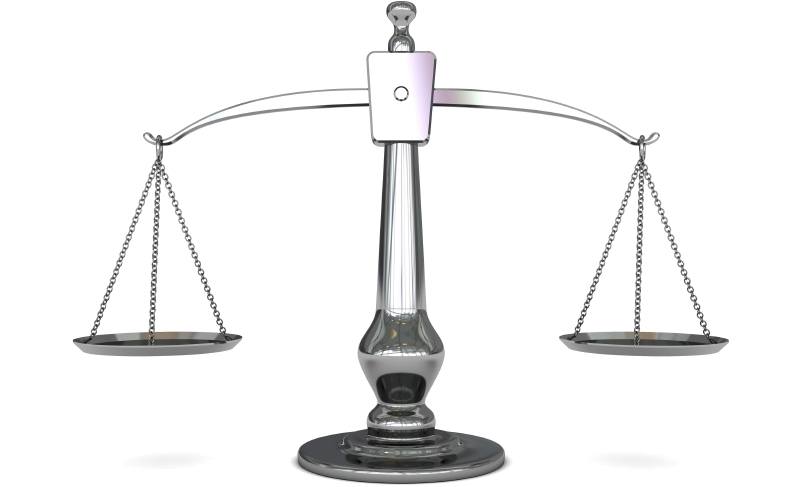Before comparing the two types of certificates, let’s start with a brief look at each of them.
Certificate of Conformance (COC)
A document certified by a competent authority verifying the fact that the provided goods or service fulfills the essential requirements but does not usually include particular test conditions, test specifications, test parameters, and final outcomes. The document is known as a Certificate of Conformance (COC) which is also termed as Certificate of Compliance. Basically it is a document in which the supplier verifies that the supplied products are conforming to the specific order requirements, without addition of test results.
Certificate of Analysis (COA)
On the other hand, a Certificate of Analysis (COA) is a document normally issued by Quality Assurance that authenticates that a regulated product fulfills its product requirements. The importance of Certificates of Analysis is increasing especially during the event of outsourcing and globalization. Eventually, the user of these certificates has to count on their accurateness and comprehensiveness. Usually, in order to verify the quality and transparency of their products to be exported, the suitable authority issues this document of legitimate value.
Certificate of Conformance vs Certificate of Analysis
Reviewing Certificate of Conformance vs Certificate of Analysis then the Certificate of Analysis generally include the authentic results acquired from testing carried as a component of quality control of an individual consignment of merchandise. They can be utilized to assure qualification and approval activities (e.g. receiving inspection) by clients that are depending on authoritarian or legal entities expectations comprising of but not confined to the International Organization for Standardization (ISO), Food and Drug Administration (FDA), Internal Quality System Procedures, and Clinical Laboratory Improvement Amendments (CLIA).
Generally a Certificate of Compliance is quite simple and includes minimum details. One can observe header information regarding the product or consignment normally and possibly some delivery data. Typically it is next to a statement that states something such as “This product fulfills every prerequisite of specification ABC and is officially approved for import utilization as an xxxxx to the EU”. Certificate of Compliance can be supplied with non-batch managed material or batch managed material, or serial numbered product.
The Certificate of Analysis is more complex and despite the fact that it may have alike statement as the COC as well, it also includes particular systematic data that is explicit to a consignment or serial numbered merchandise generally. It can record many batches each with their individual set of information. Moreover, one can observe that the headers of both certificates can be almost the same. In SAP, one can generate as many certificate types as considered necessary, a number of may be COC’s, some might be COA’s. An organization may perhaps be given both COA’s and COC’s and it can also send out both types of certificates.
As far as Certificate of Analysis is concerned, it is far more stringent than a COC and reports the real physical dimensions of all individual accessories or part. This implies the verity that all parts are measured independently and documented by the producer. The Certificate of Analysis beats the Certificate of Conformance due to the fact that it is feasible to recognize the correct measurements and as a result record those for individual test arrangements. As the issuance of a Certificate of Analysis is relatively time consuming and complicated, there is an extra charge for those usually.






